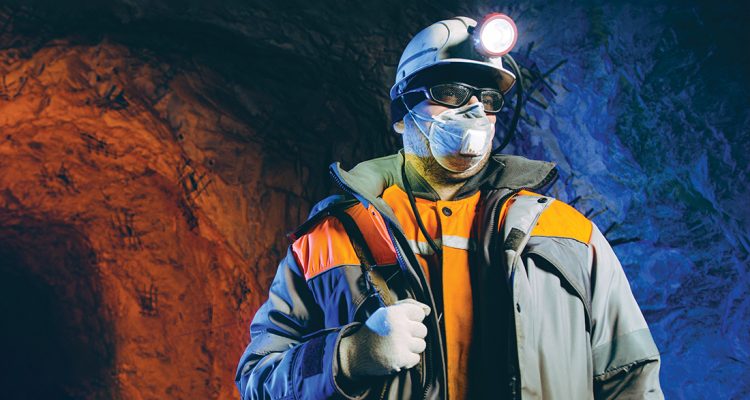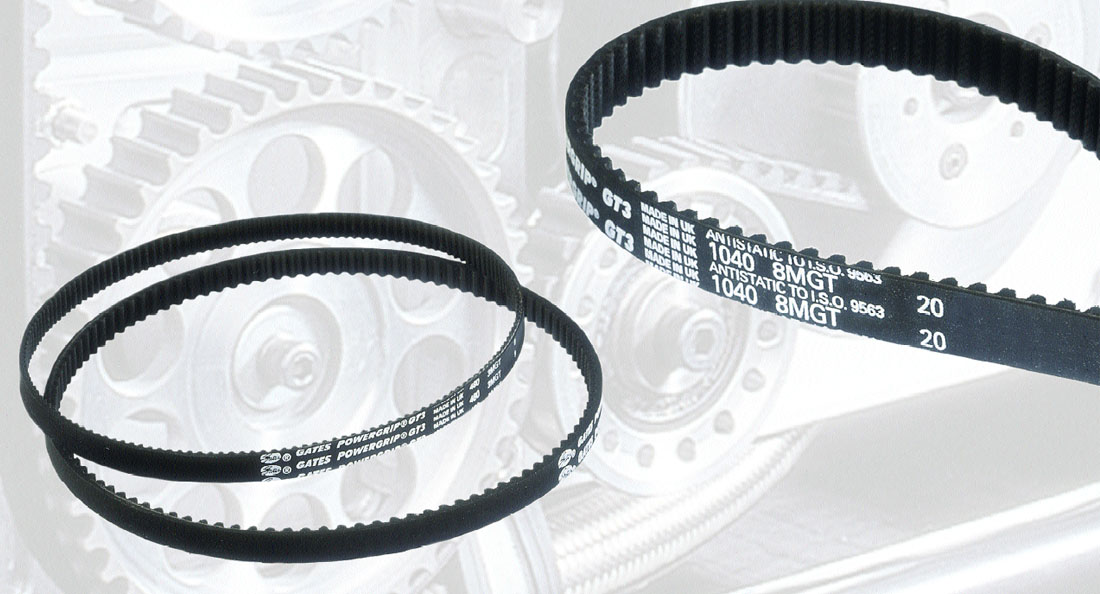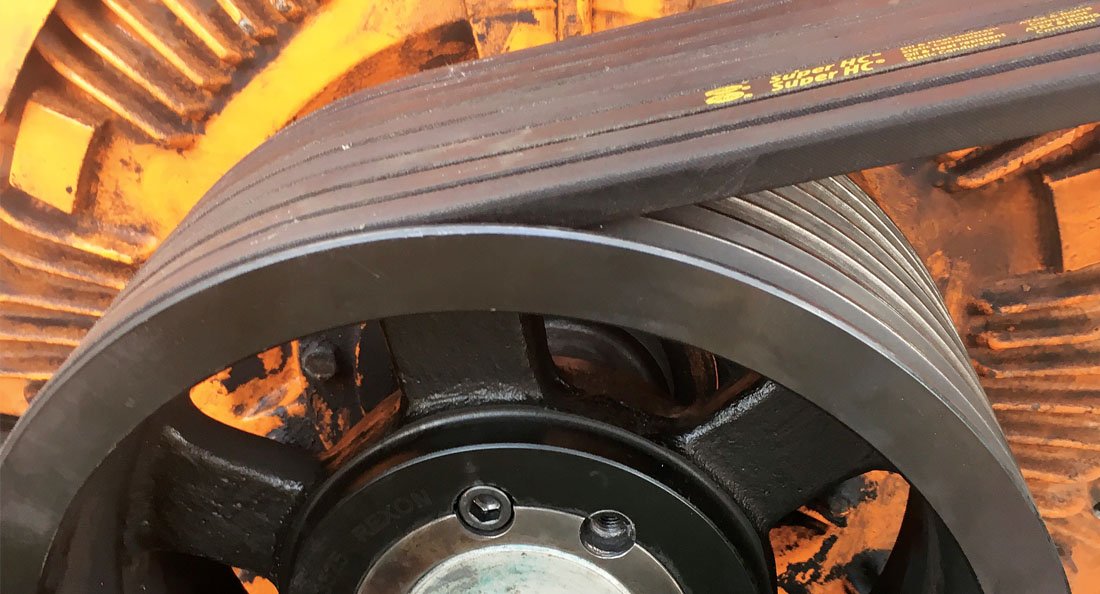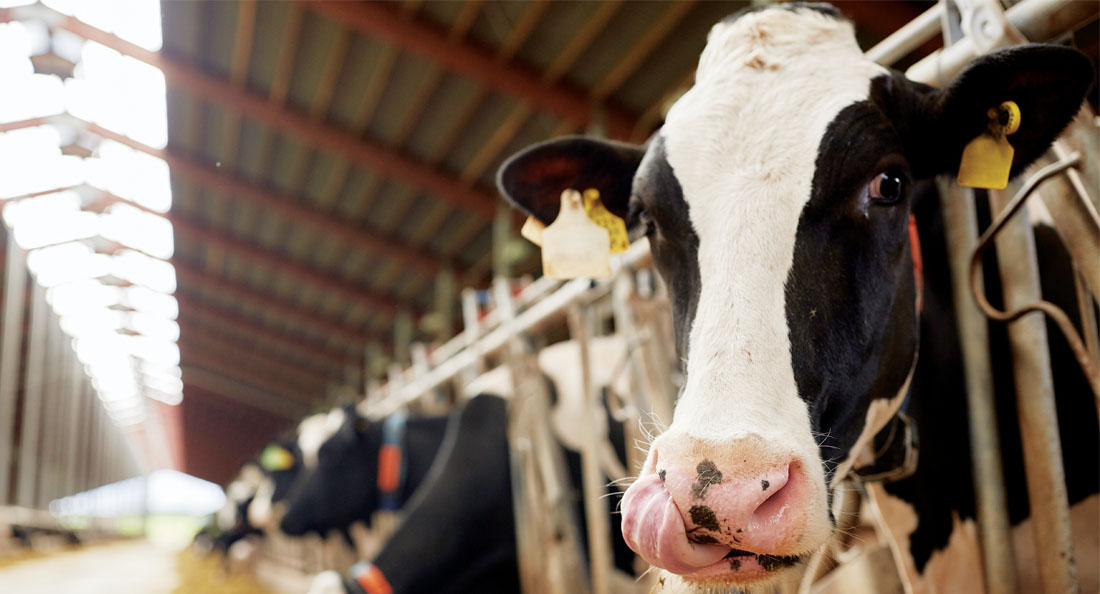In today’s mining and resources landscape, many large organisations have entire teams of people dedicated to implementing environmental, social, and governance (ESG) strategies. The industrial energy transition and race to decrease emissions is well underway, and turning critical targets into tangible change is now at the forefront of widespread planning.
According to Deloitte’s 2022 ‘Tracking the Trends: Redefining Mining’ report, the allocation of capital spend on assets will be the “make or break” of a sustainable future in the industry – both environmentally and financially.1 The report also states that building a business portfolio that is both value-creating and supplementary to ESG goals will be critical for mining companies over the coming years.
By nature, the industry is often characterised by its potential to release hazardous elements into the air, water and soil, as well as large volumes of greenhouse gas emissions. Because of this, investors are looking more closely at how companies will actively minimise and offset these impacts for new and existing projects.
Robust accountability frameworks are quickly becoming the norm, as national response mobilises to meet the 2022 Climate Change Bill’s 43 per cent reduction on 2005 level emissions by 2030.
For Michael Greelish, National Accounts Manager for Mining at Motion Australia, this is currently a major talking point with customers across every stage of the mining value chain – from extraction to processing, manufacturing, and exports.
“Not only are we looking at targets over the next ten years, but miners and key decision makers in the industry are taking stock and evaluating where changes can be made right now,” he says. “The cost of electricity has near tripled, and people are becoming more cognisant of the environmental impacts that come along with high energy usage.”
For many sites, this begins with auditing machinery and equipment, considering where upgrades can be made on a day-to-day level. Currently, the most important factor is converting ESG theory into actionable change, and major suppliers such as Motion Australia are well-placed to advise on how this can be done most effectively, says Michael.
“It’s an absolute given if mining companies want to survive the next decade,” he furthers. “They will have to evaluate their impact – lowering emissions and keeping an eye on input and output rates – in order to remain viable. There are national requirements in place, and investors take these into consideration just as much as financial performance these days.”
Michael suggests that for sites operating heavy machinery, replacing motors and gearboxes with low-impact, high-efficiency alternatives is one of the best places to start.
“A lot of miners still use old worm gearboxes, which run at around 60 per cent efficiency,” he explains. “Users that have upgraded to bevel helical or similar are seeing a significant increase to around 97 per cent efficiency, which leads to massive savings both cost and energy-wise. That’s why we often say that on energy savings alone, these units will pay for themselves within the first nine months.”
This logic can be applied to other components of a drive system, he adds, such as opting for more efficient belt solutions, and investigating parts with low consumable requirements for ongoing maintenance.
“You have to consider the big picture. Whether it’s an excavator, dragline, conveyor system or drill rig, one poorly integrated product can let down the whole system and have flow-on effects when it comes to downtime, maintenance costs, energy consumption and potential impacts on the site overall. The best way to build a future-proofed operation is to begin with strong foundations, and opt for better quality, more reliable parts.”
Sustainability initiatives and the optimisation of assets are a clear priority for many of Motion Australia’s local customers. While the country contends with delayed imports from overseas, and a struggling supply chain, businesses can benefit from a collaborative approach from their suppliers to problem-solve and set themselves up to meet important targets.
“The relationship that we have with our supply partners puts us in a really good position to help mining customers get the ball rolling on ESG,” concludes Michael. “Brands like CRC are developing the world’s best bio-lubricants, and innovating an environmentally friendly parts washing system. Gates and Fenner offer energy efficient drive belts, and TECO is leading the way with their range of efficient motors and VSDs.”
The group’s wide-reaching branch network and presence in some of Australia’s busiest mining hubs allows expedited support from experienced product specialists. The Motion Australia team is dedicated to helping each business increase uptime and profitability, while also extending support to help meet environmental goals.
References:
- https://www2.deloitte.com/au/en/pages/energy-and-resources/articles/tracking-the-trends.html




